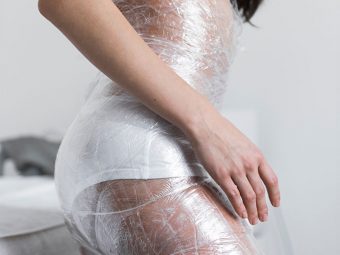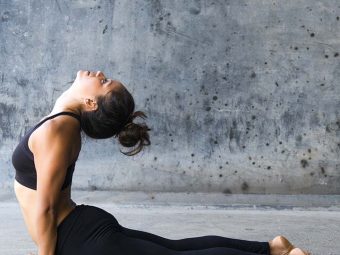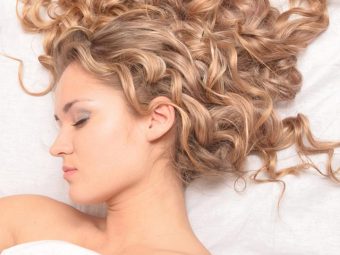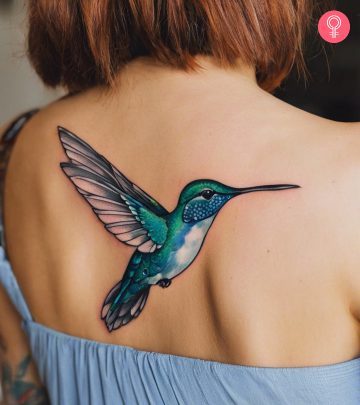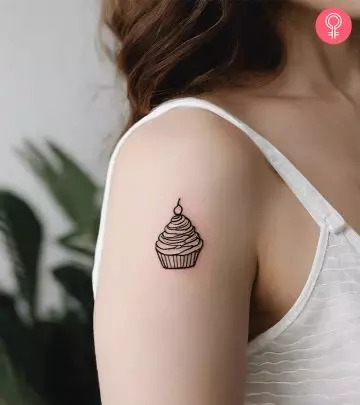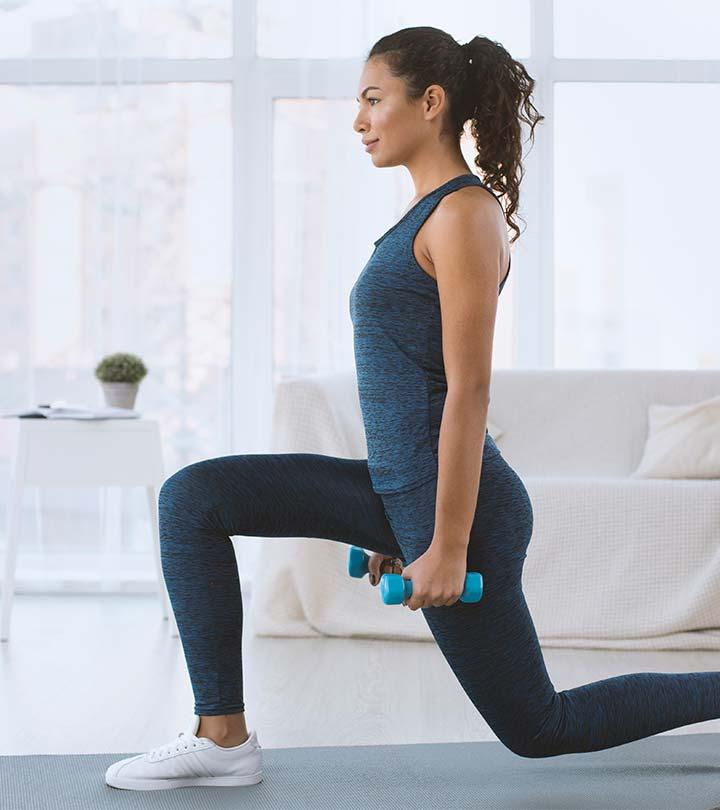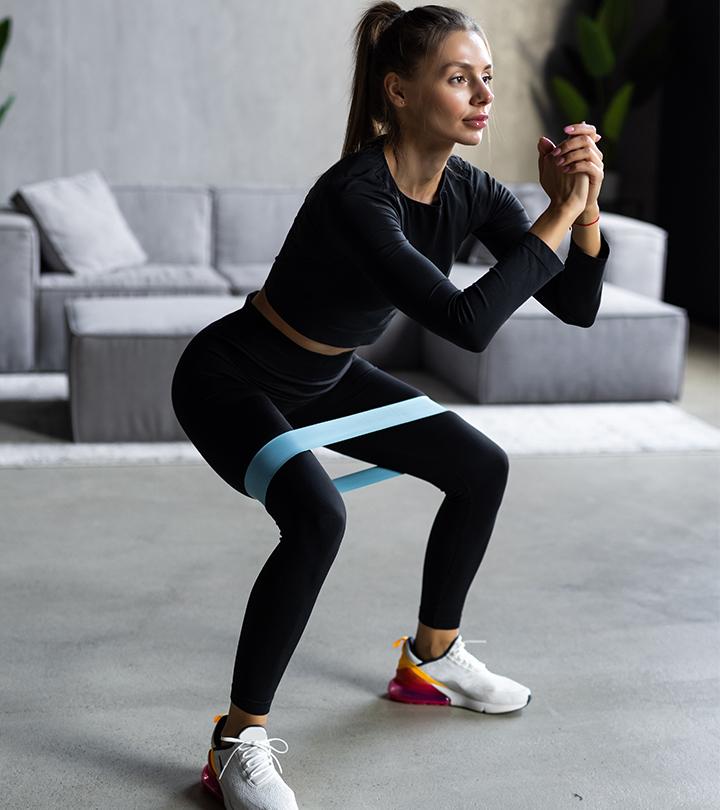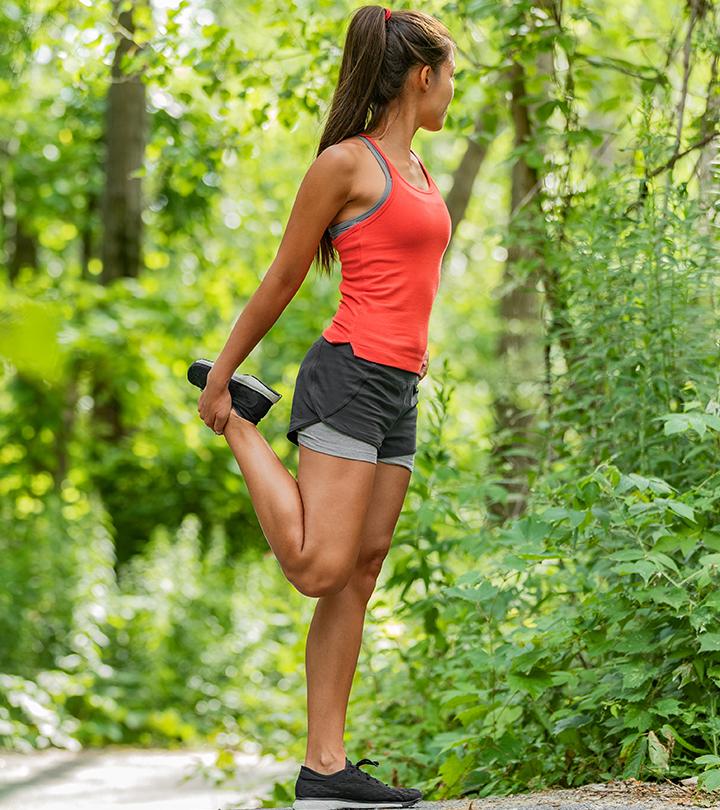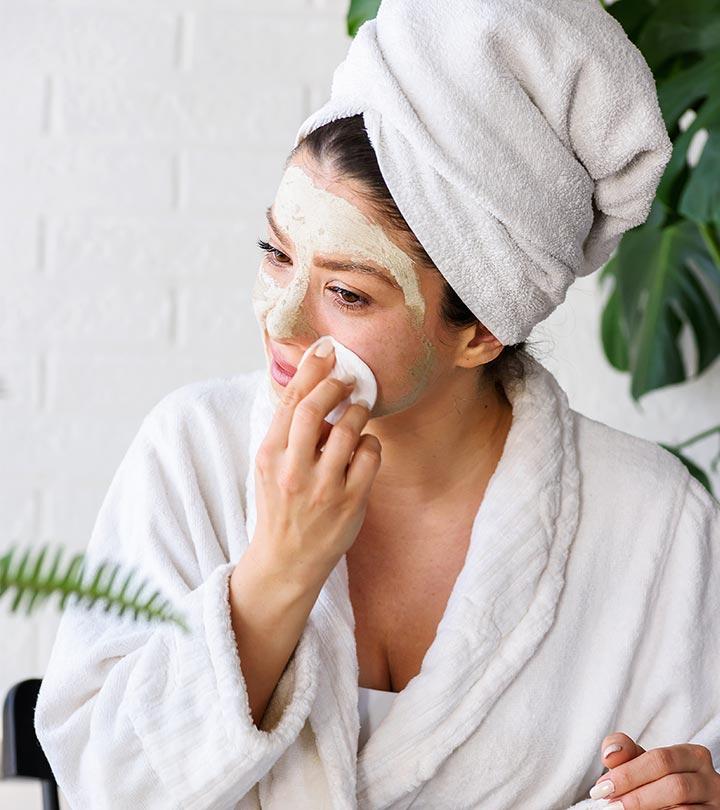Here’s Why You Always Stick One Foot Out Of Your Blankets At Night!
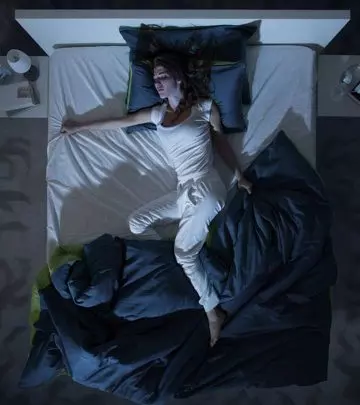
Image: Shutterstock
Human behavior is a mystery, and this one, in particular, has always fascinated me. But first, a quick poll: Have you ever experienced that wretched after-midnight dilemma where you toss and turn restlessly in bed, as if you can’t make up your mind on whether you want to settle over or under those bed sheets?
I know I have.
And I’m pretty sure, so have you.
Ill at ease, you will continue this agitated, in-and-out squirming with the covers, until, worn to the bone, you finally find that sweet spot, which ultimately helps you drift to la-la-land. The next morning – lo and behold! What else should greet you other than the sight of your one foot tucked snugly under the covers while the other sticks out braving the cold.
If you ever wondered why your subconscious chose this specific sleeping position, well, science now has an answer for you. It isn’t whims or habit that has you sticking one foot out in your sleep – oh no – it’s thermoregulation (1).
Yes! Apparently, the reason that our body pops out that one single foot as we sleep is because it’s attempting to regulate the overall body temperature.
In This Article
Wait… Thermo-what? What Does Temperature Have To Do With Sleeping?
Thermoregulation is our body’s ability to maintain its temperature within a certain range, even when our surrounding environment’s temperature is different.
According to a spokesperson from the National Sleep Foundation, Natalie Dautovitch, who also happens to be a professor of psychology at the University of Alabama,right before we fall asleep our body temperature begins to drop (2).
When your head hits that pillow and you’re about to drift off to sleep, your body temperature will naturally fall until it reaches 1 to 2 degrees lower of what is the normal temperature upon wakefulness (which, FYI, is 98.6 degrees Fahrenheit).
Scientists theorize that the reason our body temperature decreases is that we can conserve energy spent on producing and/or maintaining heat, and expend it instead on other physiological functions.
According to researchers from Harvard Medical School, cooler temperatures may be a prerequisite for ‘sleepiness’. Sleep has different sages and it is during the deepest stage of slumber that the body attains its lowest temperature – 96.6 to 97.6 F (3).
Although the pre-sleeping drop in body temperature is a natural reflex, there are a few things you could do to speed up the process such as taking a nice, warm bath right before you head for bed. Once you leave the steamy tub, your body will be rapidly cooling itself down, thereby triggering that sensation of sleepiness. A warm beverage like hot tea or milk can work to the same effect.
When our external environment is too cold or hot, our bodies will struggle trying to attain that optimal body temperature required for sleep, which subsequently leads to that infamous restlessness!
This also brings us to another little fun fact – have you ever noticed how when you’re outdoors and under the glare of the blazing, merciless sun, after a while you begin to feel sluggish and somewhat sleepy? That’s because your body is fighting the external heat, and in a bid to prevent you from overheating, it dilates the blood vessels so that more blood is carried to the skin where the heat can be lost. This dilation leads to a drop in your blood pressure and oxygen levels, which produces fatigue.
Cool! However, What’s All The Temperature Business Got To Do With My FEET Specifically?
Glad you asked!
According to Dautovitch, the skin surface that makes up our peripheries, i.e. our feet and hands, is unique due to two reasons: firstly, because the surface is hairless, and secondly, because the skin in this region possesses specialized vascular (read: relating to blood vessels) structures that can specifically help in heat loss.
The technical, anatomical name for the specialized blood vessels in our hands and feet is ‘arteriovenous anastomoses’, which is a cross-connection between an artery and a vein. These, especially when coupled with the lack of hair factor, are designed rather perfectly to help your body lose extra heat. When it gets warm, the arteriovenous anastomoses dilate, allowing more blood to reach the skin, thereby cooling the body down faster (4, 5, 6).
So, considering the relation we know between sleep and how the body temperature needs to gradually fall during sleep, scientists assume that it is entirely possible that our body adopts the ‘foot out’ or ‘toe out’ from ‘underneath the covers’ position as a way to reach the optimum body temperature required for sleep, which subsequently brings about a more restorative slumber.
Isn’t that a cool sleeping hack? The next time you have trouble sleeping, just pop one foot out from underneath your covers and let your body do the rest.
Happy sleeping!




